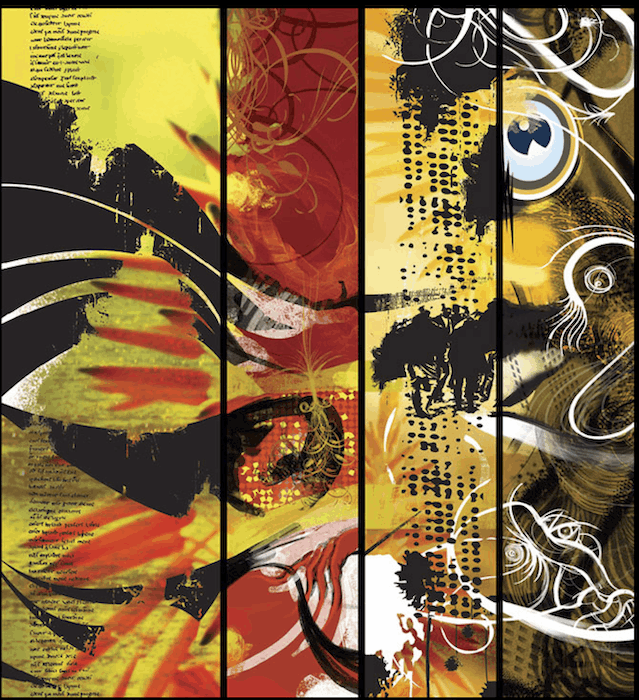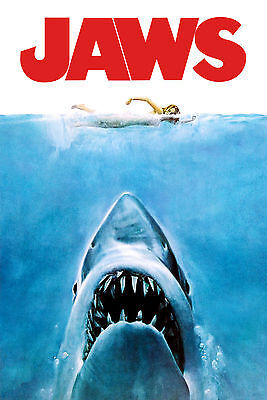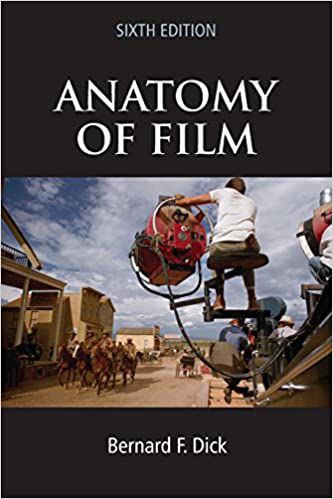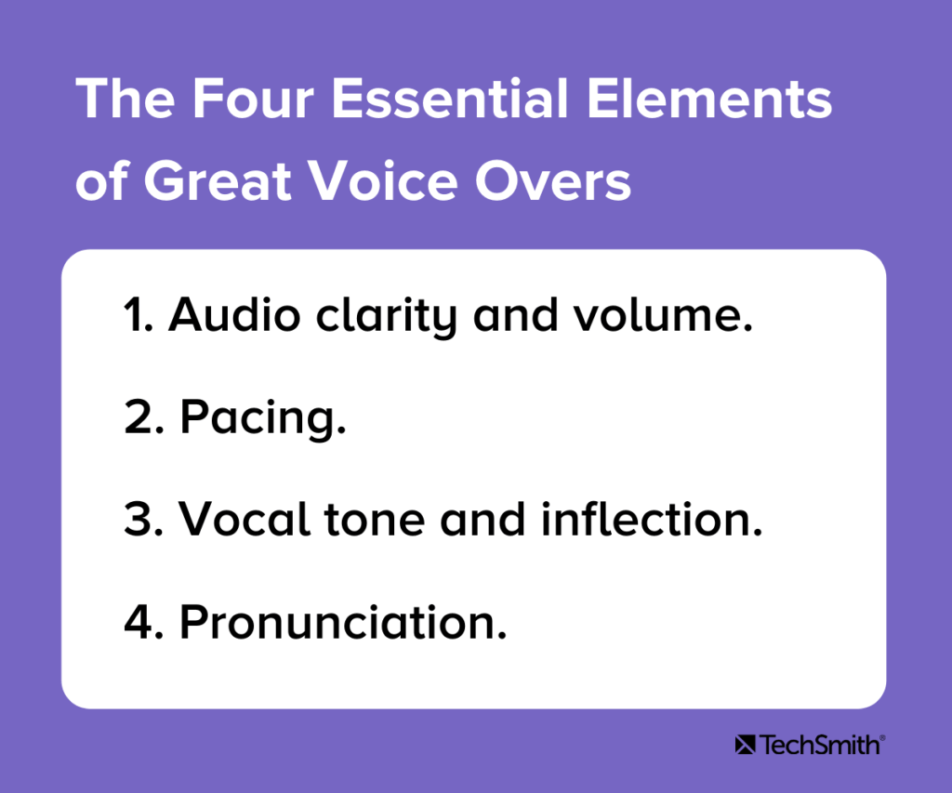let's make something.
Here's a sample
of this assignment
that I made to
demonstrate the shift
in genre from
Modern Thriller/Horror
to Noir.

• Go to your class dropbox page (here or at the bottom of the page)
• find your name
• hover over it and click the three dots that appear on the right
• select "download" to get your personal folder of footage
• find "GRAB BAG" and download that as well
• scrub through all of your footage- begin to come up with a plan-of-attack
• only use up to 5 "stock footage" shots- discard the rest
• begin selecting, arranging, trimming, and scoring your new film

Find some quasi-professional footage around your topics on the web
Joy X 3
and
Stress X3
Tip:
Brainstorm ideas that aren't simply "joy" or "stress". If a daisy brings you joy, search for "daisy". If it's the patter of raindrops, search for
"rain". Don't download anything in portrait mode. It won't work with the other footage.
There are a LOT of sites to find goos stock footage for free. You can do a web search for "free stock footage" and you'll likely find a treasure-trove. I've compiled some good ones below, but these links are not exhaustive. Feel free to use other sites.
Name and upload your footage
Once you have your six shots (three representing "joy", three "stress"),
label them "topic, description"
for example:
"joy, raindrops" (if you've used raindrops)
"stress, broken glass"
| NAME | Name | Name | Name |
|---|---|---|---|
| Pixabay- photos, videos, HD | Vidsplay- good collection of quality clips | Videvo- Stock footage & motion graphics | Nature Stock Videos- well-categorized high quality outdoor scenes |
| Pexels- photo site with growing library of HD video | Life of Vids- Stock videos, clips & loops | Dareful- Free, but requires account sign-up | Videezy- some free, some "pro" (payment) clips. High quality |
| Motion Places- nice variety of footage | Storyblocks- requires subscription | Splitshire- photos & videos - mostly outdoor scenes |

You will need to brainstorm and shoot footage related to a theme:
either:
Joy
or
Stress
Your shots should be metaphorically or literally related to each theme. You can have humans, animals, trees or man-made object in your shots. Think about the lighting and composition of the shots and not just what is in the frame. You will be constructing a mood piece, not a narrative. Brainstorm laterally to make intellectual, visceral or emotional connections to each theme.
Really plan well before you begin shooting. Visualize your shots in your head. Draw them on storyboards. Make notes about possibilities. Experiment with framing & composition. Be purposeful about mise-en-scene and lighting.
Think about dramatic imagery.
(That being said, be open to inspiration when it appears. The best art tends to come from a mix of precise planning as well as spontaneity and happy-accidents.)

Goal:
Create a short film with clips from Jaws that evokes a new specific tone.
Extra goal:
Aesthetic pride. Be proud of what you do.
See if you can give the audience a true emotional experience
Consideration:
This noes not have to be narrative;
Develop meaning through the juxtaposition of images, rather than plot. Give your audience an emotional experience

You're going to make two videos demonstrating two cinematic techniques. It will have voice-over (yours), a definition of the technique, and at least one clip to visualize the technique. So...
On the SignupGenius, you'll find a pretty extensive list of different camera or editing techniques used in modern cinema. Most of these are defined from the book Anatomy of Film, which we have in the classroom. You can also use a definition from a web search if you'd rather.
Click the link and sign up for TWO film conventions. You're going to make two short films in which you define a film convention and demonstrate its use in a clip from Run Lola Run. Additionally, you will find and demonstrate the convention used in another movie or piece of media.
By screening your films in class, you will be teaching the class about your cinematic technique.
You should use class time on Wednesday, 10/1 to sign up for two conventions and begin work. The signup is here.

Search through the film for when each technique is used. You'll need to demonstrate it visually in your instructional film. Use iMovie to grab the clip.
Your goal is to make a film similar to this:

You can use Quicktime, iMove, Garageband or a 3rd party voice recording app that you're comfortable with. We're not asking for sophisticated microphones, but the tips on this page are pretty good and can help you get good, clean audio.
You can use a QuickTime "Screen Recording" to snatch a video clip for your project from YouTube (this is educational fair use).
File--> New Screen Recording --> Record.

All deadlines are before the start of class on the date assigned. Projects submitted after class begins will be assigned a late penalty.
Late films lose 10 pts per day late,
Maximum 70% point value after 3 days
(MTA Late Work Policy)